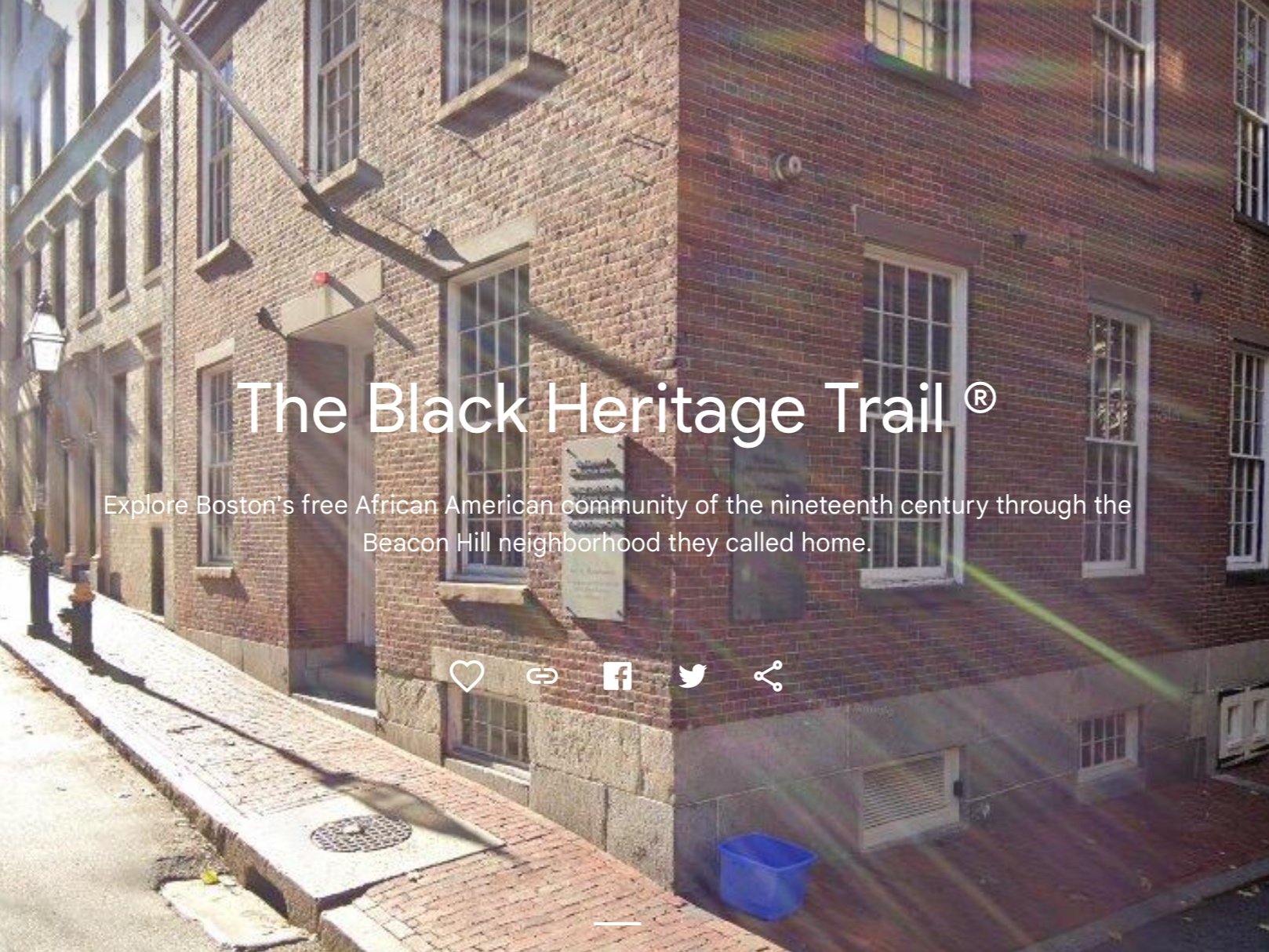
Beacon Hill
The carriage skirted around the courthouse and onto Tremont, then took a sharp right onto Beacon Street. The Common lay to their lefthand side and Governor Hancock’s fine mansion on their right as they proceeded toward the far side of Beacon Hill, where buildings grew smaller. Duncan turned onto to Olive Street, and to either side, a dozen African heads turned and stared.
“Not many carriages come down here,” Major Melvill said to Josiah. “I rarely come myself.” (Adrift, Ch. 44)
The Beacon Hill neighborhood of the 1790s provides an interesting study in contrasts. On the hill’s southern side stood staid mansions, including John Hancock’s. On its eastern side were the almshouse, workhouse, and Bridewell Prison. On its northern side was the African American community, which was well-established at the time of the Molly Chase series.
At the time, the town’s selectmen and other affluent whites were pushing to develop the area around the new State House. The almshouse was torn down and a new one built elsewhere, and rundown buildings gave way to large townhouses. Eventually the hill itself was leveled. But the African community withstood gentrification and continued to grow.
The stately mansions on Beacon Hill in 1768, as seen from across the Common. John Hancock’s mansion is the near background, surrounded by trees. The street disappearing into the background at the engraving’s center is Hancock Street, which joins with Olive Street and Clapboard on the other side of the ridge.
Most African Americans lived around Belknap Street (Belknap’s Lane). In the story, I placed the Walden home on Olive Street, adjacent to the ropewalks and just out of sight from the mansions on the hill’s southern side. In real life, Olive Street was eventually bought up and developed by wealthier white Bostonians—and yes, I’m planning to do something with this!
They passed the ropewalks and turned onto Olive Street. Eliza’s arms swung at an even tempo as she walked past the small and then smaller timber frame houses occupied by Boston’s Africans. Tension eased from her back and shoulders with every step, and by the time she reached the end of the dirt street, her pace had slowed to a comfortable amble. Neighbors waved as they passed, and she lifted a hand in return. Across the street, the tinman was sweeping his front stoop. At the next house, through the open window, she could see a grandmother rocking a baby. A handful of children with baskets on their arms surrounded the lone farmer’s cart at the far corner, sent by their mothers to glean what was left of the day’s produce. Among them was Antonia, James and Lydia’s seven-year-old daughter. (Adrift, Ch. 8)
I love the image of Eliza letting down her guard as she arrives home. This passage is my best attempt at capturing what makes Beacon Hill special. I hope it does.
Museum of African American History
The place to begin learning.
The Black Heritage Trail
Explore Boston’s free African American community courtesy the Museum of African American History.
African Meeting House
On its African Meeting House page, the National Park Service provides a number of interesting links.



